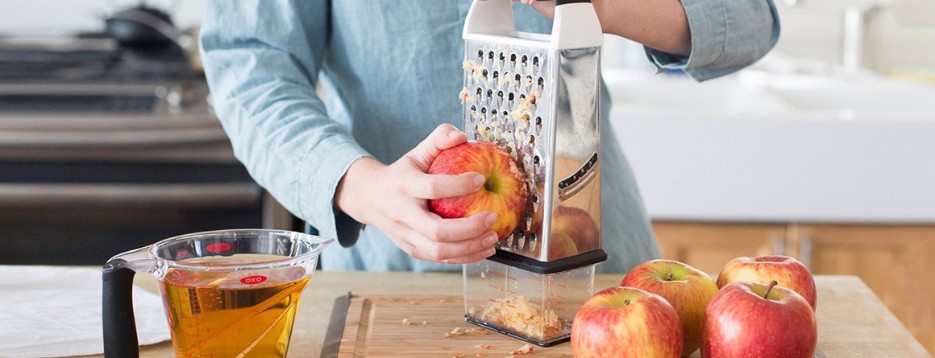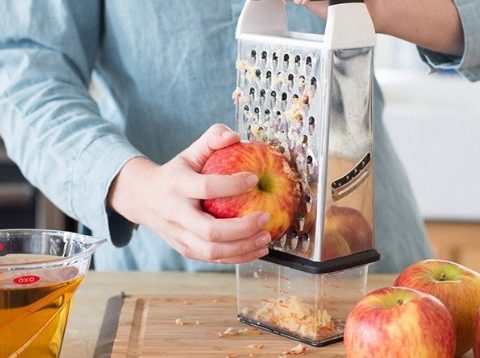How to Use a Grater Properly: Tips for Maximum Efficiency
The Importance of Proper Grater Use
Success with a grater isn’t just measured by how many fingers are still intact. Proper technique ensures uniform shredding, which affects texture and even cooking. For example, in gratins like lasagna, unevenly grated cheese can lead to clumps rather than a smooth, creamy topping. And when zesting citrus, using the wrong side can pull in the bitter white pith, spoiling the flavor.
Types of Graters and Their Uses
Box Grater (4-sided)
The classic multi-surface grater is versatile. Each side serves a purpose:
- Coarse Shred: Medium blades for shredding firm cheeses, chocolate, or vegetables into thicker flakes.
- Medium Shred: Smaller blades for finer cheese or veggie shreds.
- Fine Zest: Raised metal bumps ideal for zesting citrus, nutmeg, garlic, or ginger into very fine particles.
- Slicing Surface: Long vertical blades for thin vegetable or fruit slices (e.g., potatoes, zucchini)—though a mandoline is often faster.
Handheld Grater
Compact with a single shredding surface (coarse, medium, or fine). Ideal for small jobs or limited storage space.
Grater with Catch-Tray
Built-in container keeps your workspace tidy and collects the grated food directly for easy transfer.
Choosing the Best Grater for Your Kitchen
- Consider what you grate most often: cheese, veggies, citrus zest, etc.
- Look for a non-slip base so the grater stays stable on wet or glossy surfaces.
- Ergonomic handles reduce hand fatigue. Finger guards or protective gloves are a bonus for safety.
Proper Grating Techniques
Hand & Finger Position
Hold the grater firmly with one hand. Rest it on a dry towel, cutting board, or silicone pad if needed. Tuck fingers inward or use a finger guard to protect against sharp edges.
Direction of Grating
Use steady up-and-down strokes for consistent shreds. Avoid sawing motions that can clog the grater.
Applying Pressure
Press moderately—too little yields uneven results; too much risks slips and injury. The same principle applies to all slicing and chopping tools.
Cleaning & Maintenance Tips
- Rinse the grater immediately after use to prevent food from drying and sticking.
- Use a small brush or a reserved toothbrush to dislodge stubborn bits.
- Dry thoroughly to prevent rust, especially on steel graters.
- Inspect regularly for bent or damaged blades and replace if worn to maintain efficiency and safety.
- Keep out of children’s reach—sharp graters can be as dangerous as knives.


